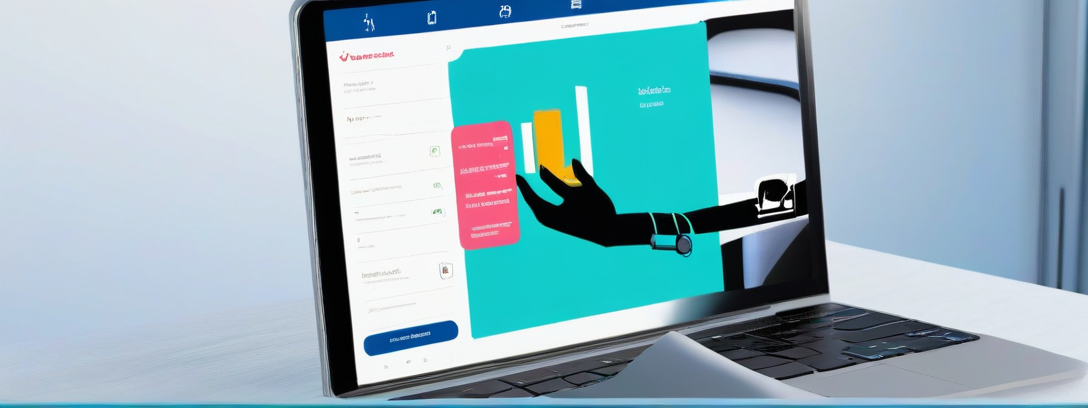The Evolution of Telemedicine: From Concept to Revolution
In the dynamic landscape of healthcare, the advent of Telemedicine 2.0 has sparked a debate that questions the future of in-person care. This evolution, driven by technological advancements and shifting societal norms, promises to redefine the way we access and experience medical services.
The Genesis of Telemedicine
The roots of telemedicine trace back to the 1950s, when a two-way television link was used to consult with patients in remote areas. Since then, technology has progressed at an unprecedented pace, enabling us to harness its potential in transforming healthcare delivery.
Telemedicine 2.0: A Quantum Leap
Telemedicine 2.0 is not just a refinement; it’s a paradigm shift. It leverages advanced technologies such as artificial intelligence, machine learning, and the Internet of Things to deliver healthcare services remotely. These advancements have made it possible for patients to consult with medical professionals from the comfort of their homes, reducing the need for physical visits.
The Case for Telemedicine 2.0
Telemedicine 2.0 offers several compelling benefits. For instance, it increases accessibility, particularly for those living in remote or underserved areas. It also reduces the risk of infection by minimizing physical contact during a pandemic. Moreover, it allows for more convenient and flexible scheduling, reducing the burden on both patients and healthcare providers.
The Challenge to Traditional Care: Is In-Person Care Obsolete?
The rise of Telemedicine 2.0 has led to questions about the future of in-person care. While it is premature to declare in-person care obsolete, there’s no denying that its role may diminish. However, it’s crucial to remember that human touch and personal connection are essential aspects of healthcare that technology can’t replicate.
Striking a Balance: Telemedicine 2.0 and In-Person Care
The future lies in a harmonious blend of telemedicine 2.0 and in-person care. Telemedicine can serve as an initial point of contact, allowing for quick assessments and triage. In-person care can then be reserved for complex cases, surgeries, or procedures that require physical interaction.
Navigating the Future
As we move forward, it’s essential to adapt to this changing landscape while maintaining the integrity and compassion of healthcare. Telemedicine 2.0 holds immense potential, but it must be used responsibly and equitably to ensure that everyone has access to quality care.
In conclusion, the rise of Telemedicine 2.0 is not a threat to in-person care but an opportunity to enhance it. By embracing this evolution, we can make healthcare more accessible, efficient, and effective for all.
Word count: 653 words


